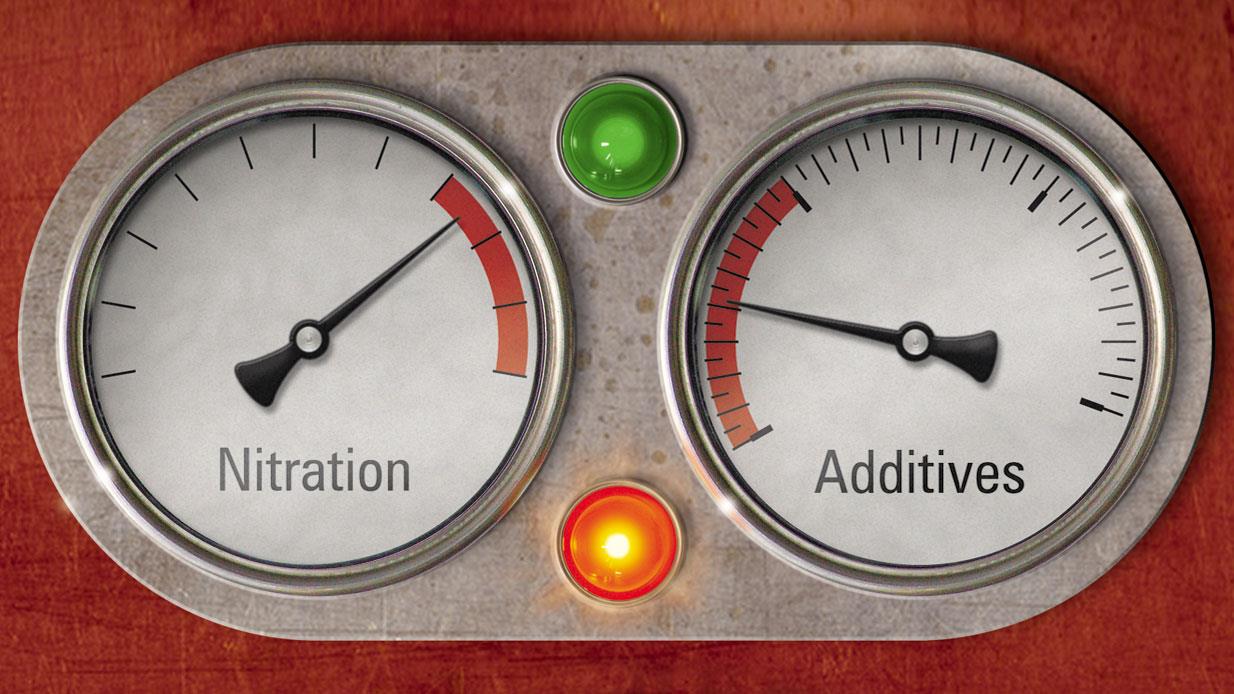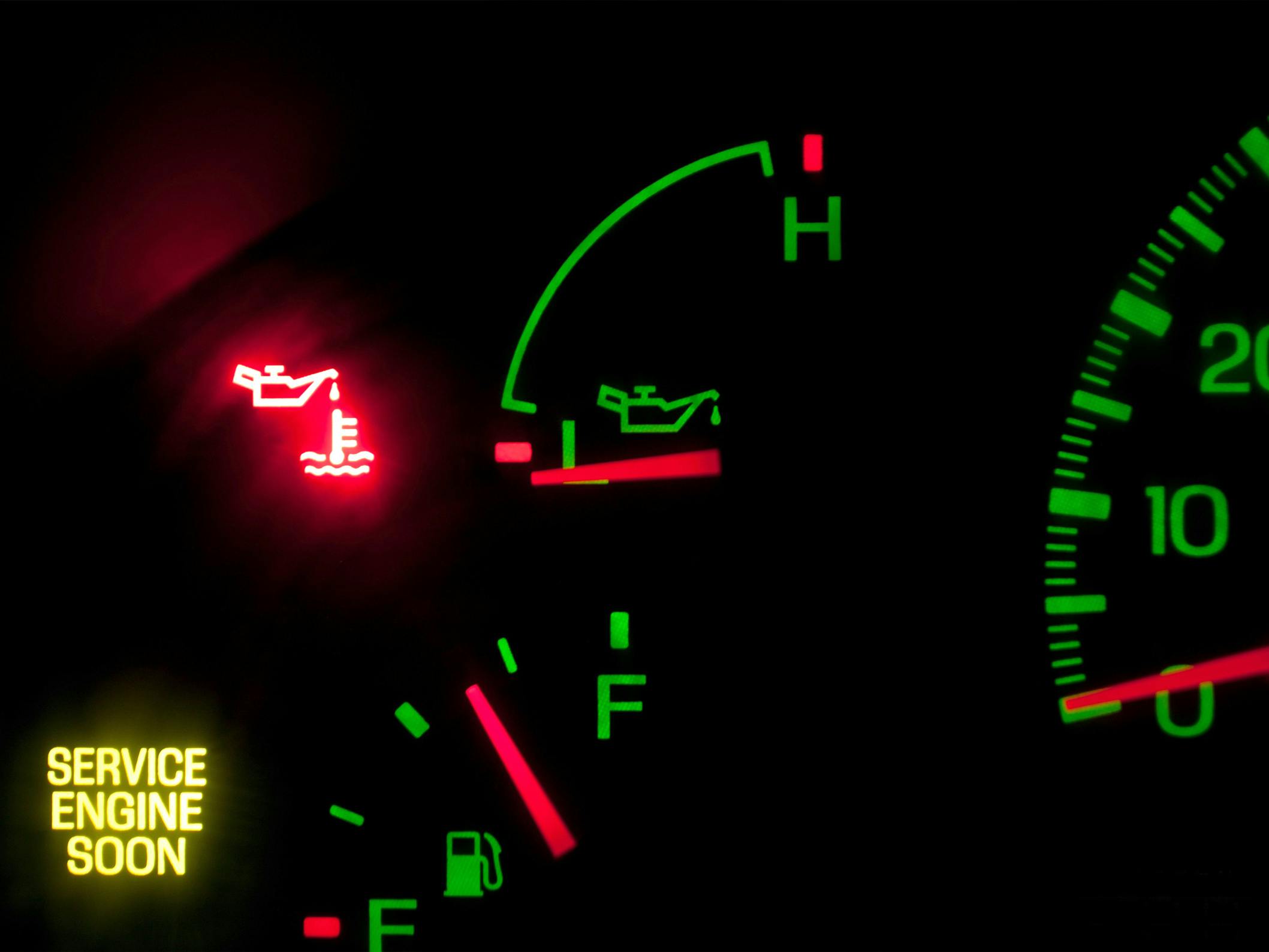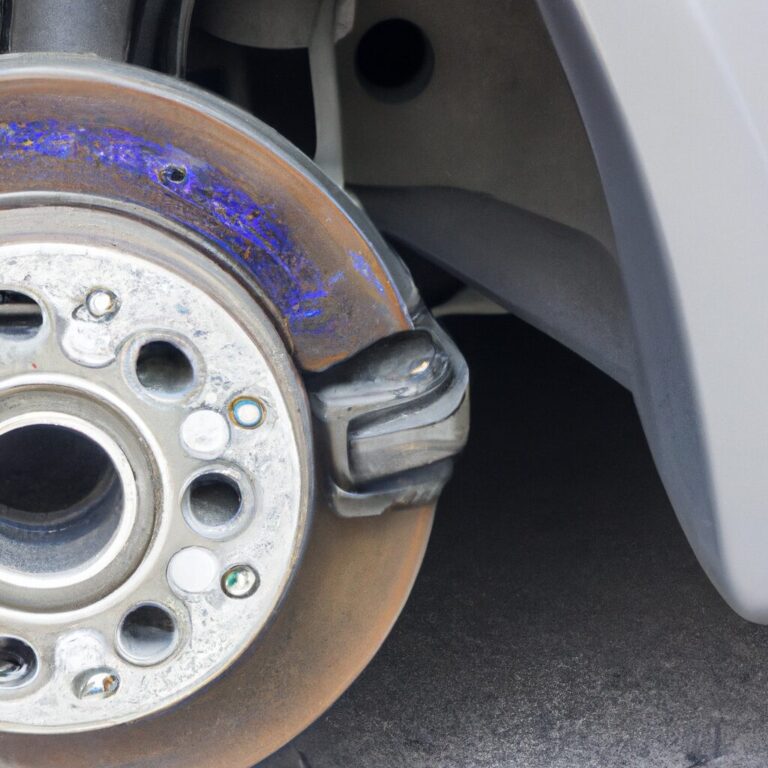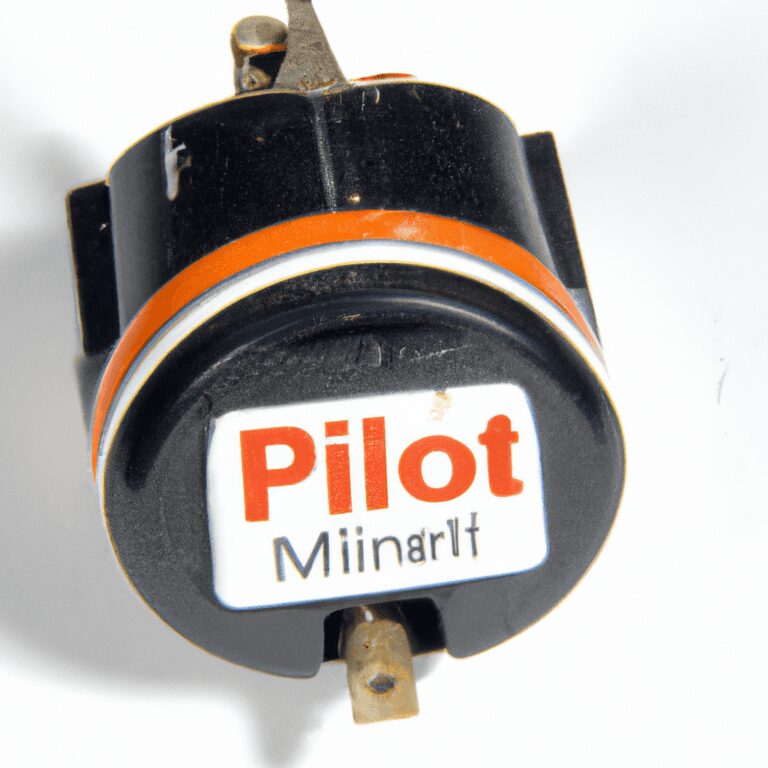How to Fix Engine Oil Pressure
To fix engine oil pressure issues, start by checking the oil level and quality. Next, inspect for leaks or faulty sensors.
Maintaining the proper oil pressure in your vehicle is crucial for its overall performance and longevity. Low oil pressure can lead to engine damage and potential breakdowns. By addressing and resolving oil pressure problems promptly, you can ensure your engine runs smoothly and efficiently.
We will explore common causes of low oil pressure, how to diagnose the issue, and steps to take to fix engine oil pressure problems effectively. Implementing these tips will help you keep your vehicle in top condition and avoid costly repairs down the road.

Credit: www.machinerylubrication.com
Common Signs Of Low Engine Oil Pressure
Recognizing signs of low engine oil pressure is crucial for maintaining the health of your vehicle. When the engine’s oil pressure is not within the optimal range, it can lead to significant damage. By being vigilant for the following indicators, you can promptly address any potential issues, preventing costly repairs in the long run.
Check Engine Light
One of the most common indicators of low engine oil pressure is the illumination of the check engine light on your vehicle’s dashboard. This warning sign should never be ignored, as it is a clear indication that the engine is not receiving sufficient oil pressure.
Illuminated Oil Pressure Gauge
Keep an eye on the oil pressure gauge on your dashboard. If the oil pressure is below the normal range or fluctuating abnormally, it could be a sign of low engine oil pressure. Ignoring this warning may result in serious engine damage.
Abnormal Engine Noises
An unusual knocking or ticking sound emanating from the engine can be a red flag for low oil pressure. These sounds may indicate that various engine components are not being adequately lubricated, potentially leading to mechanical failures.
Causes Of Low Engine Oil Pressure
Low engine oil pressure can indicate various underlying issues that need to be addressed promptly to avoid potential damage to your vehicle. The following are common causes of low engine oil pressure:
Insufficient Oil Level
When the oil level in your engine is below the recommended amount, it can lead to low oil pressure and insufficient lubrication, causing friction and wear on engine components.
Oil Leaks
Leaks in the engine oil system can result in a loss of oil, reducing the overall oil pressure. These leaks can be caused by damaged gaskets, seals, or oil lines, and should be fixed to prevent further pressure issues.
Faulty Oil Pressure Sensor
A faulty oil pressure sensor can provide inaccurate readings or fail to signal the correct oil pressure levels. This can lead to a misleading gauge reading and may result in engine damage if not addressed promptly.
Steps To Fix Low Engine Oil Pressure
Check And Add Oil
Inspect the oil level by pulling out the dipstick and adding oil if it’s below the recommended mark.
Inspect For Leaks And Repair
Look for oil leaks under the vehicle and fix them promptly to prevent further oil pressure issues.
Replace Faulty Oil Pressure Sensor
If the sensor is faulty, it may give false readings. Replace it to ensure accurate oil pressure monitoring.

Credit: www.rymax-lubricants.com
Importance Of Maintaining Proper Engine Oil Pressure
Proper engine oil pressure is crucial for the smooth running and longevity of your vehicle’s engine. It serves as the lifeblood of the engine, providing lubrication, cooling, and cleaning functions. Maintaining the right oil pressure helps prevent engine damage, enhances performance, and extends the engine’s lifespan. It is essential to understand the significance of maintaining proper engine oil pressure to avoid costly repairs and ensure your vehicle’s optimal functionality.
Prevent Engine Damage
Maintaining proper oil pressure is essential to prevent premature wear and tear on engine components. Insufficient oil pressure can lead to friction and heat buildup, causing damage to critical parts such as the pistons, crankshaft, and camshaft. By ensuring that the engine oil pressure is at the recommended level, you can protect the engine from costly repairs and potential malfunctions.
Enhance Engine Performance
Optimal oil pressure facilitates smoother engine operation, leading to enhanced performance. Adequate lubrication reduces friction and aids in maintaining proper engine temperature, allowing the engine to run efficiently. This, in turn, improves fuel efficiency, power delivery, and overall driving experience. Maintaining the right oil pressure is crucial to ensure your engine performs at its best.
Extend Engine Lifespan
Proper oil pressure not only protects the engine from damage and improves performance but also plays a vital role in extending the engine’s lifespan. Effective lubrication provided by the right oil pressure safeguards the engine against excessive wear and helps prevent premature breakdowns or failures. By maintaining the recommended oil pressure, you can prolong the life of your engine and reduce the likelihood of costly repairs.
Regular Engine Maintenance To Avoid Low Oil Pressure
Regular Engine Maintenance to Avoid Low Oil Pressure
Ensuring proper engine oil pressure is crucial for the overall performance and longevity of your vehicle’s engine. Low oil pressure can lead to serious issues, including engine damage or failure. However, by following some essential regular engine maintenance practices, you can prevent low oil pressure and keep your engine running smoothly.
Strongregular Oil Changes/strong
Regular oil changes are one of the simplest yet most effective ways to maintain optimal engine oil pressure. Fresh oil helps lubricate the moving parts of the engine, preventing friction and excessive wear. Over time, engine oil breaks down and becomes contaminated with dirt, debris, and engine byproducts. As a result, the oil loses its ability to provide adequate lubrication, leading to low oil pressure. By sticking to a regular oil change schedule as recommended by your vehicle’s manufacturer, you can ensure that the engine is always running on clean, high-quality oil.
Strongoil Filter Replacement/strong
In addition to regular oil changes, replacing the oil filter at the same time is essential for maintaining proper oil pressure. The oil filter plays a crucial role in removing contaminants and impurities from the oil as it circulates through the engine. Over time, the filter becomes clogged with debris, reducing its effectiveness. A clogged oil filter can restrict oil flow, leading to low oil pressure. To prevent this, it is important to replace the oil filter during every oil change. By doing so, you ensure that the engine receives clean oil without any obstructions.
Strongmonitoring Oil Levels/strong
Regularly monitoring and maintaining the proper oil levels in your vehicle is another critical aspect of engine maintenance. Low oil levels can result in insufficient lubrication, causing the engine oil pressure to drop. To prevent this issue, it is important to check the oil dipstick regularly to ensure that the oil level is within the recommended range. If you notice that the oil level is low, promptly add the recommended type and amount of oil to bring it back to the optimal level. Additionally, keep an eye out for any oil leaks, as they can also cause the oil level to decrease. Addressing leaks promptly can help prevent low oil pressure.

Credit: m.youtube.com
Frequently Asked Questions For How To Fix Engine Oil Pressure
How Much Does It Cost To Fix Engine Oil Pressure?
Fixing engine oil pressure can cost anywhere from $100 to $1,000, depending on the cause of the issue and the extent of repairs needed. It’s best to consult with a professional mechanic for an accurate cost estimate.
Will Adding Oil Fix Oil Pressure?
Adding oil may temporarily fix low oil pressure, but it won’t address underlying issues. It’s essential to investigate the root cause of the low oil pressure and address it promptly. Seek professional assistance to diagnose and rectify the problem to ensure the vehicle’s optimal performance.
Is It Ok To Drive With Low Oil Pressure?
Driving with low oil pressure can damage the engine, leading to costly repairs or breakdowns. It is not recommended.
How Long Does It Take To Fix Engine Oil Pressure?
Fixing engine oil pressure can take 1-2 hours depending on the issue. It’s crucial to address promptly to prevent engine damage.
How Do I Detect Low Engine Oil Pressure?
To detect low engine oil pressure, look for warning signs such as unusual engine noise, warning lights on the dashboard, or a drop in engine performance.
What Causes Low Engine Oil Pressure?
Low engine oil pressure can be caused by a variety of factors, including a leak in the oil system, a faulty oil pressure sensor, or insufficient amount of oil in the engine.
What Are The Consequences Of Low Engine Oil Pressure?
If engine oil pressure is too low, it can result in poor lubrication of engine components, increased friction, overheating, and potential engine damage or failure.
Conclusion
Maintaining proper engine oil pressure is crucial for the smooth operation of your vehicle. By following the steps outlined in this blog post, you can effectively diagnose and fix any issues related to low or high oil pressure. Regular maintenance and timely repairs will ensure the longevity of your engine and prevent costly damage in the future.
With the right knowledge and tools, you can keep your engine running smoothly for years to come.


